A Level Photography Summer Term 2017
Archisle
International Photographers In Residence Program
Personal Investigation : Theme “Family and Environment”
Personal Investigation : Theme “Family and Environment”

Tanja Deman (Croatia)and Jonny Briggs (London) are contemporary, cutting edge artists that use photographic techniques as a vehicle to explore the themes of Family and Environment.
They operate and think in different ways…but there are similarities in the way they construct their outcomes, and have their roots in Dadaism, Surrealism and at times Fine Art, Documentary and Narrative photography. They also use archival imagery as an integral part of their practice, and cross reference psychology, psycho-analysis and philosophy too.
We will spend time exploring the background, history and theory of these approaches and creating imagery, film and more that embraces the methods of composite imagery, photo-collage and cut-n-paste.
Jonny Briggs | Artist statement
“In search of lost parts of my childhood I try to think outside the reality I was socialised into and create new ones with my parents and self.
Through these I use photography to explore my relationship with deception, the constructed reality of the family, and question the boundaries between my parents and I, between child/adult, self/other, nature/culture, real/fake in attempt to revive my unconditioned self, beyond the family bubble.
Although easily assumed to be photo-shopped or faked, upon closer inspection the images are often realised to be more real than first expected. Involving staged installations, the cartoon-esque and the performative, I look back to my younger self and attempt to re-capture childhood nature through my assuming adult eyes.”
Tanja Deman | Artist statement
Tanja Deman’s art is inspired by her interest in the perception of space, physical and emotional connection to a place and her relationship to nature.
Tanja’s works, incorporating photography, collage, video and public art, are evocative meditations on urban space and landscape.
Observing recently built legacy or natural sites her work investigates the sociology of space and reflects dynamics hidden under the surface of both the built and natural environment.
https://vimeo.com/20713908
Twitter – Facebook – Instagram – Pinterest
LINK TO ARCHISLE FACEBOOK PAGE / JONNY BRIGGS INTERVIEWS
https://www.facebook.com/ArchisleJersey/
https://hautlieucreative.co.uk/photo17a2e/
https://hautlieucreative.co.uk/photo17a2/
Aim to focus on 1 key example of his work and use FORMAL ANALYSIS techniques as a starting point only.
think about and discuss the content, concept, context, construction, composition, camera, then compare, contrast and critique
ask yourself ( and Jonny) what ? / why? / how?
You must define the process and include examples of Jonny’s presentation devices eg publications and exhibitions and show clearly how Jonny is influenced and and inspired by at least 2 of these artists…
| John Stezaker | Tony Oursler | Urs Fiscer | Greta Alfaro |
| Cat Roissetter | Alma Kaser | Gillian Wearing | Rene Magriette |
| Mike Keller | Richard Billingham | Noemie Goudal | Paul Nouge |
| Gregor Schnieder | Julie Cockburn | Sarah Jones | George Condo |
| Annette Messager | Gabriella Boyd | Thomas Demand | Gordon Matta Clark |
| Joana Piotronska | Kate Lyddon | Henry Darger | |
| Cindy Sherman | Louise Bourgeoise | Francis Bacon |
Remember to MAKE YOUR BLOG POST VISUAL
include relevant links, podcasts, videos where possible
Aim to focus on 1 key example of her work and use FORMAL ANALYSIS techniques as a starting point only.
think about and discuss the content, concept, context, construction, composition, camera, then compare, contrast and critique
ask yourself ( and Tanja) what ? / why? / how?
You must define the process and include examples of Tanja’s presentation devices eg publications and exhibitions and show clearly how Tanja is influenced and and inspired by at least 2 of the following artists…
Robert Adams // David GoldBlatt // Thomas Struth // Super Studio // Luigi Ghirri // Richard Misrach // Werner Herzog // Richard Long // Raymond Meeks // Antonioni // Alain Resnais // Katrin Koenning // Andrei Tarkovsky
Remember to MAKE YOUR BLOG POST VISUAL
include relevant links, podcasts, videos
For an easier work flow in regards to the number of students each student should have a folder on their desktop
called ‘Photo collage workshop 20-27.6.’, with sub-folders inside named:
‘1. MY IMAGES’ (it should contain 5 images)
‘2. ARCHIVE IMAGES’ (it should contain 5 images)
‘3. ARTISTS REFERENCES’ (it should contain 5 images)
‘4. RAW PHOTOS’ (empty)
‘5. NEW WORK’ (empty)
Deadline for Completion
MONDAY 19TH JUNE
Research and define the following terms in photography to show an understanding of the influences, concept, history and theory in contemporary photography. Include key examples and try to show how they may have influenced Jonny and Tanja in some way.
Dadaism
Surrealism
Documentary and Narrative photography (visual storytelling)
Fine Art Photography
Tanja is clearly inspired and informed by her prior studies in architecture, natural forms, structures and sculpture.
During her SJ presentation she referred to
Research, describe and explain what these forms of art are including how they came to prominence, where they can be found and what their legacy / influence is.
Where is there evidence of modernism / brutalism in Jersey?
Remember to include images, hyperlinks, videos etc
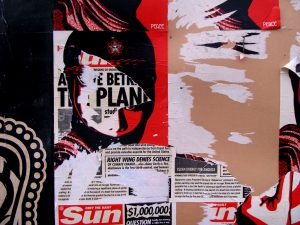
Ensure that you show a creative process underpinned by interesting ideas and sustain your approach…

and then move onto colour developments like this…


and create a unique approach to the theme of structure using simple and interchangeable techniques.

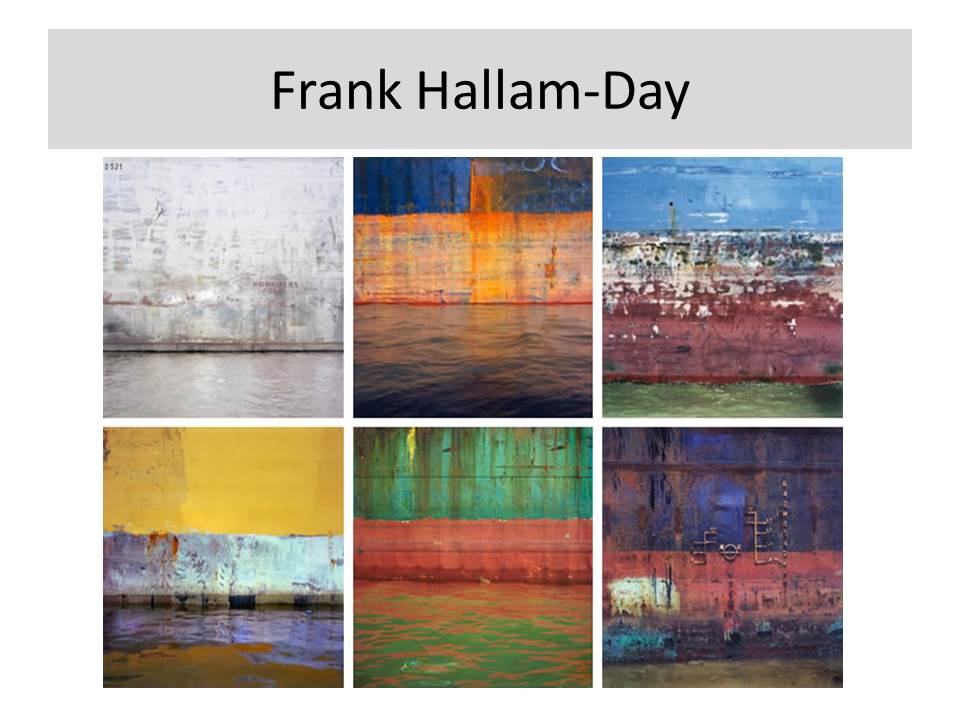


100+ Creative Photography Ideas: Techniques, Compositions & Mixed Media Approaches
http://www.studentartguide.com/articles/creative-photography-ideas
Jacques Villeglé 1926- (France)
The Jazzmen is a section of what Jacques Villeglé termed affiches lacérées, posters torn down from the walls of Paris. These particular ones were taken on 10 December 1961. Following his established practice, Villeglé removed the section from a billboard and, having mounted it on canvas, presented it as a work of art.
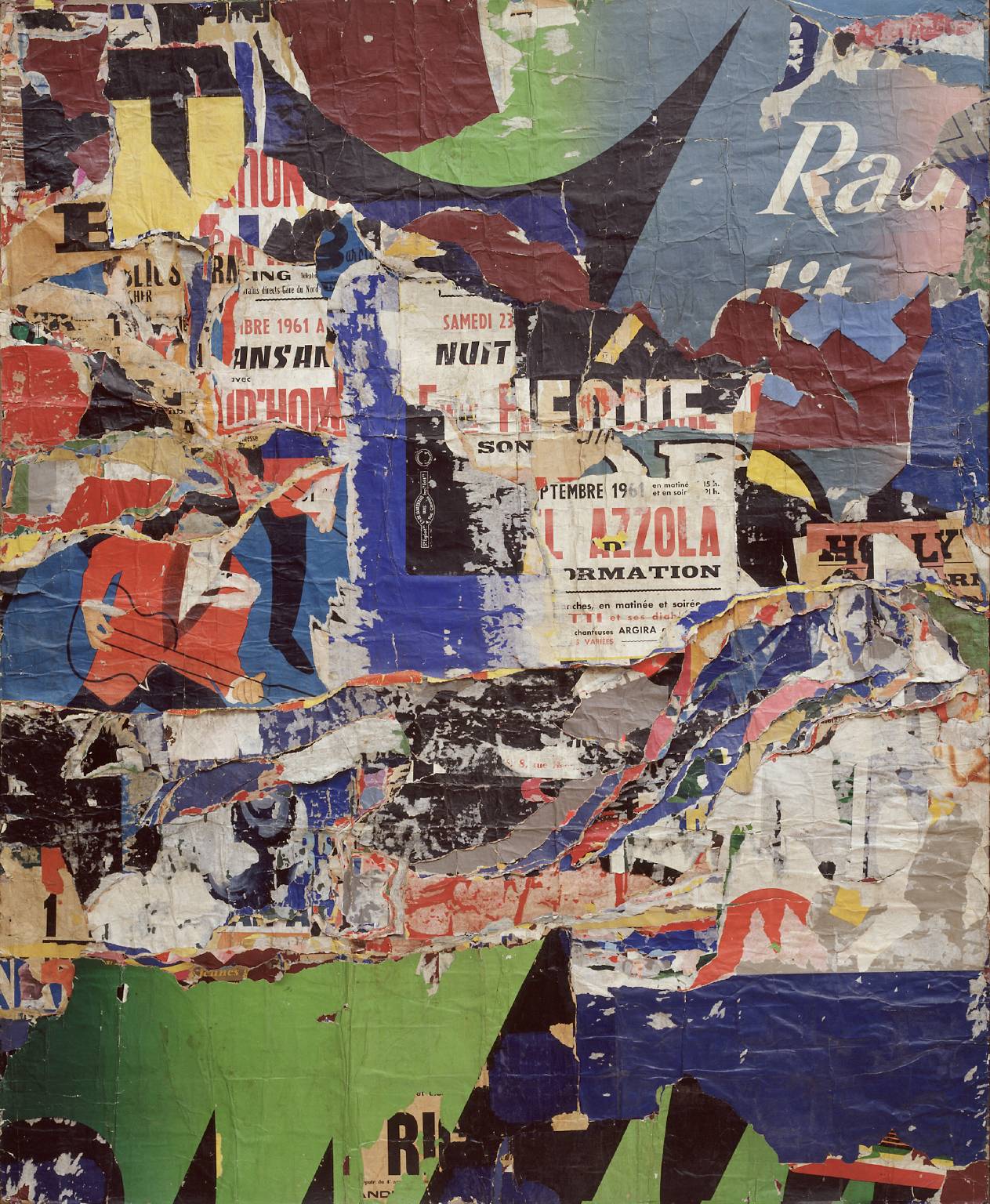
Robert Rauschenberg 1925 – 2008 (USA)
Pre pop art, neo -dada. Re-appropriation of photographic imagery to explore the structure of society, politics, hope and despair.
Collage / montage techniques + archival material, found objects
Construction / de-construction methods

Todd Mclellan…de-conSTRUCTION // typlogies


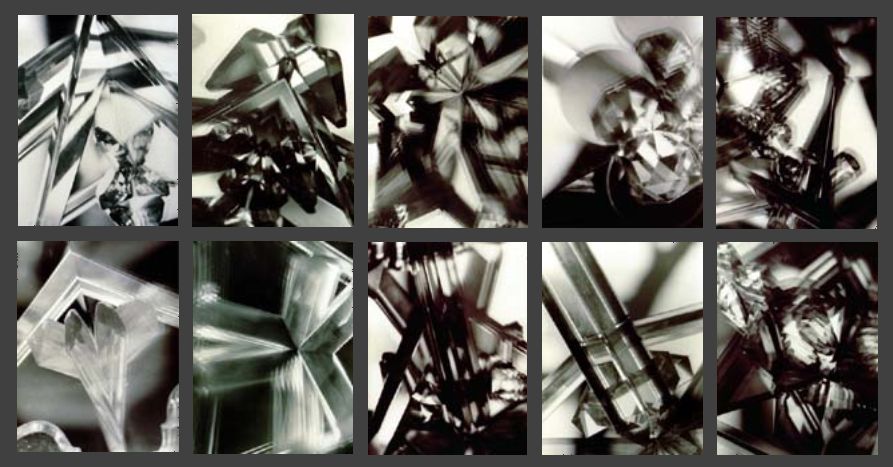
Vortograph experiments by A L Coburn




Naum Gabo / Head of a Woman /1917



Time Lapse (constructing and deconstructing) ice cubes melting, flowers wilting and dying etc…



Cara Berer explores the structure of books and magazines by photographing them from above and creating patterns and shapes that we associate with flowers and decoration…

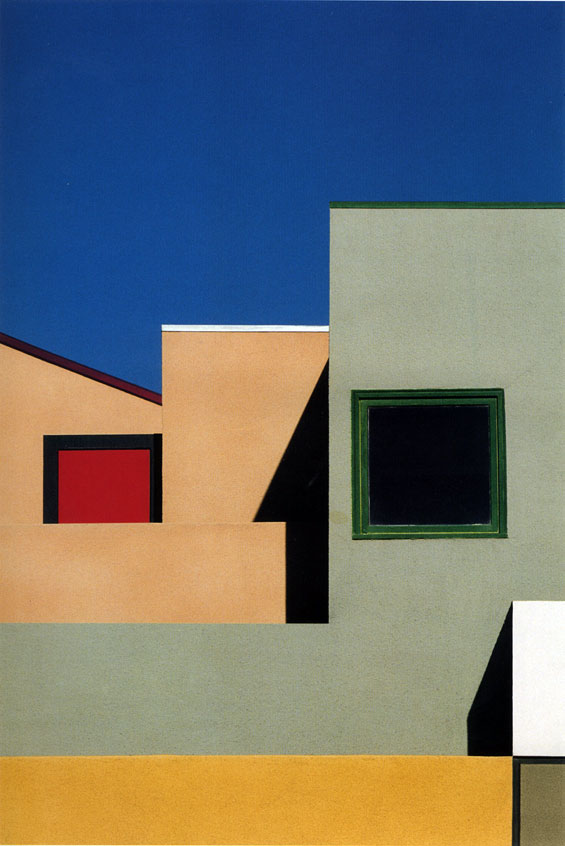

More ideas in this link here!
http://www.modernedition.com/art-articles/photographic-form/new-photography.html
Tanja Deman // juxtaposition of changing environments // environments as temples of worship and culture //utopia // dystopia

Sculptural (photograph as object, combined with objects and ephemera or photographs as a response to a building or space ie environment)

Marlo Pascual (above)
“Pascual arranges the photos into simple, lackadaisical assemblages that she calls “props,” which rely primarily on found furniture. The images are all painfully elegant, and evoke the seductiveness of old Hollywood. In one photograph (all works untitled, 2009), a nude woman stands behind steamed glass—a scene from a movie descended from Psycho? A photograph of a set of crystal glasses is laser-cut and laid on the floor to look like it was dropped—or shattered by a single delicate stroke of a hammer. A joke about the fragility of the image, it is also a decidedly atmospheric work.”
http://www.artinamericamagazine.com/reviews/marlo-pascual/
Letha Wilson
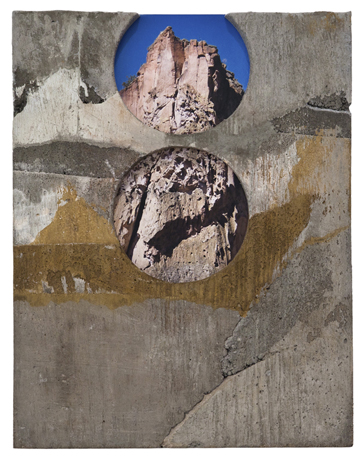
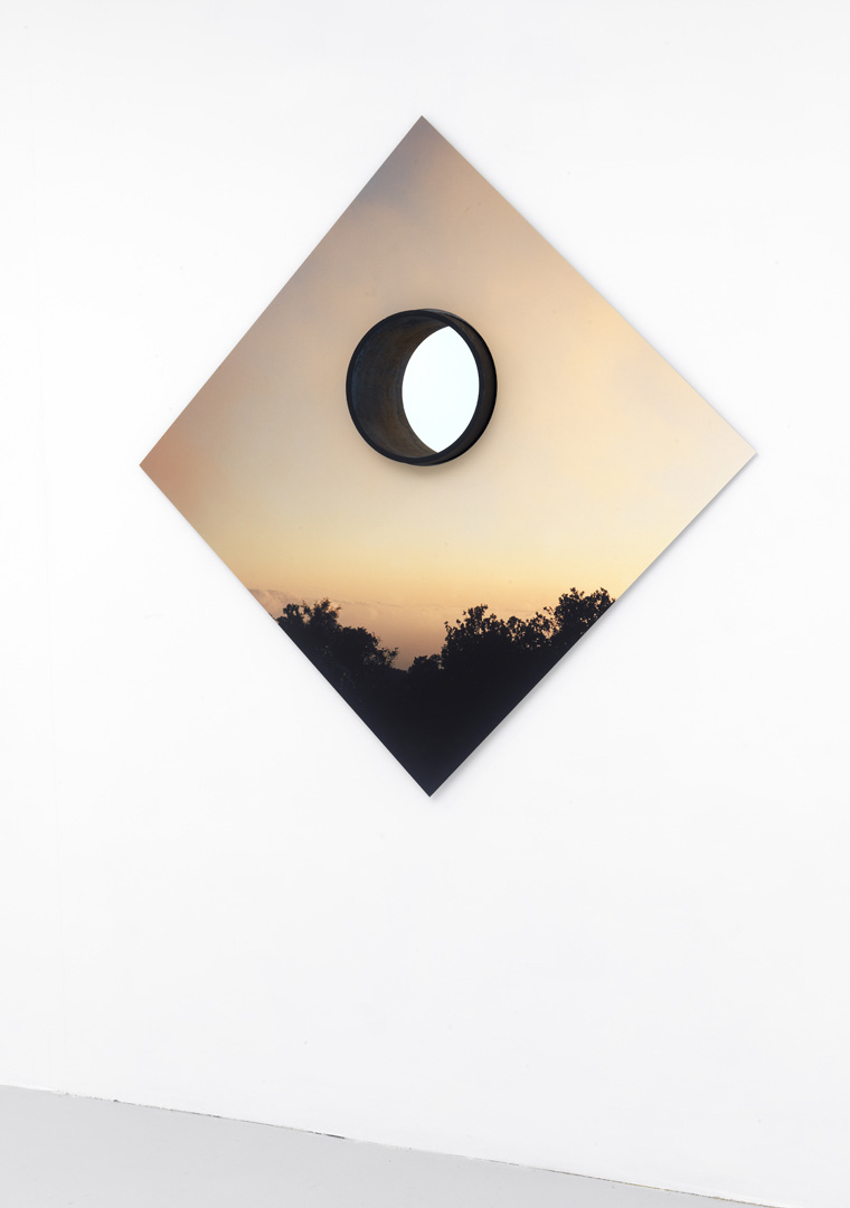
One of a number of contemporary artists who are blurring the lines between photography and other mediums, Letha Wilson makes artworks that are as much sculptures as photographs. Amalgamations of photographic images and spray paint, lumber and concrete, these hybrid objects, medium sized and mostly wall hung, occupy territory also being explored by sculptors such as Rachel Harrison and Virginia Overton. An exhibition of new pieces (all from 2012) showcased Wilson’s adventuresome way with materials.
Thomas Demand
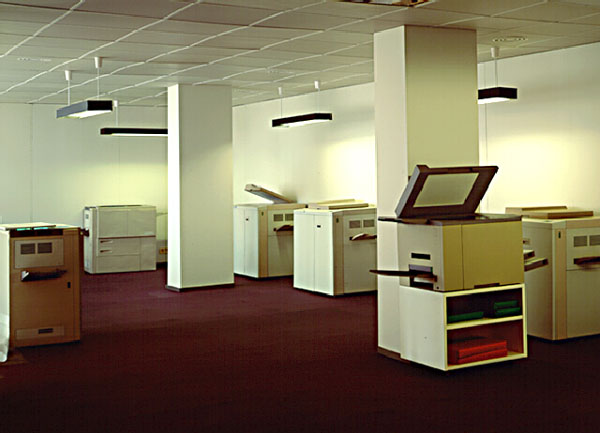
German Photographer Thomas Demand (born 1964) deals with inanimate objects and sterile interiors. He makes models of pre-photographed locations out of styrofoam, card and paper but leaves subtle signs of imperfections, then re-produces the images on a grand scale…in doing he alters the meaning and narrative attached to the environment he is re-presenting…
Laurenz Berges
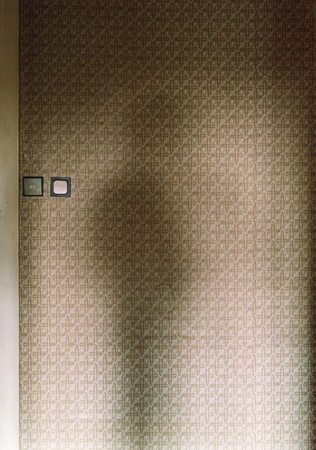
Laurenz Berges is German (Dusseldorf School) photographer. He tackles the notion of loss and removal…and often photographs both personal and shared environments. These can beintimate interiors, or extensive exteriors.
Candida Hofer
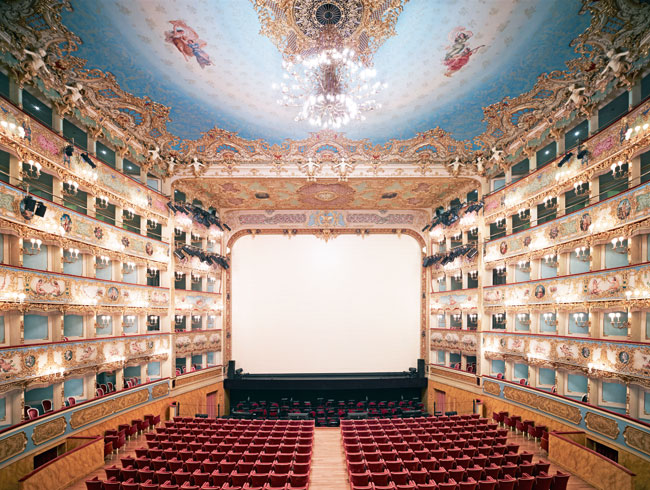
Candida Hofer was a student of Bernd and Hilla Becher in Germany in the 1970’s. Her images are a response to glorious interior environments that explore the contrast between the intention and reality of public and civic spaces…without people interacting with them.
James Casebere

James Caseberes (USA) photographs small scale models that reduce an architectural space to a fragile set of surfaces…they disrupt our belief in the solidity of man-made spaces…what happened ? what happens next ?…we are left disorientated.
Rut Blees Luxemburg
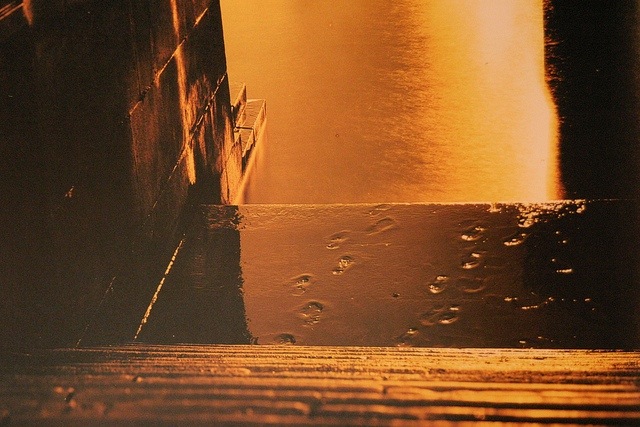
Rut Blees Luxemburg (Germany) uses amber lighting and reflections as found in 1920’s and 1930’s style flash photography…but in a thoroughly modern context.
Andy Goldsworthy


Andy Goldsworthy is a well known British Environmental artist. He makes sculptures that integrate with the environment…they are all bio-degradeable and often end up falling apart and becoming “one” with the landscape again. The photographs, however, remain a permanent feature…

METHOD
Think about layering your image(s) onto acetate or glass and exploit the transparent qualities vs. opaque shapes, colours and tones
for example

Ardan Ozmenoglu
https://www.pinterest.com/pin/315040936408995781/
Method


Walker Evans

Jim Dine and his “figurative tools”

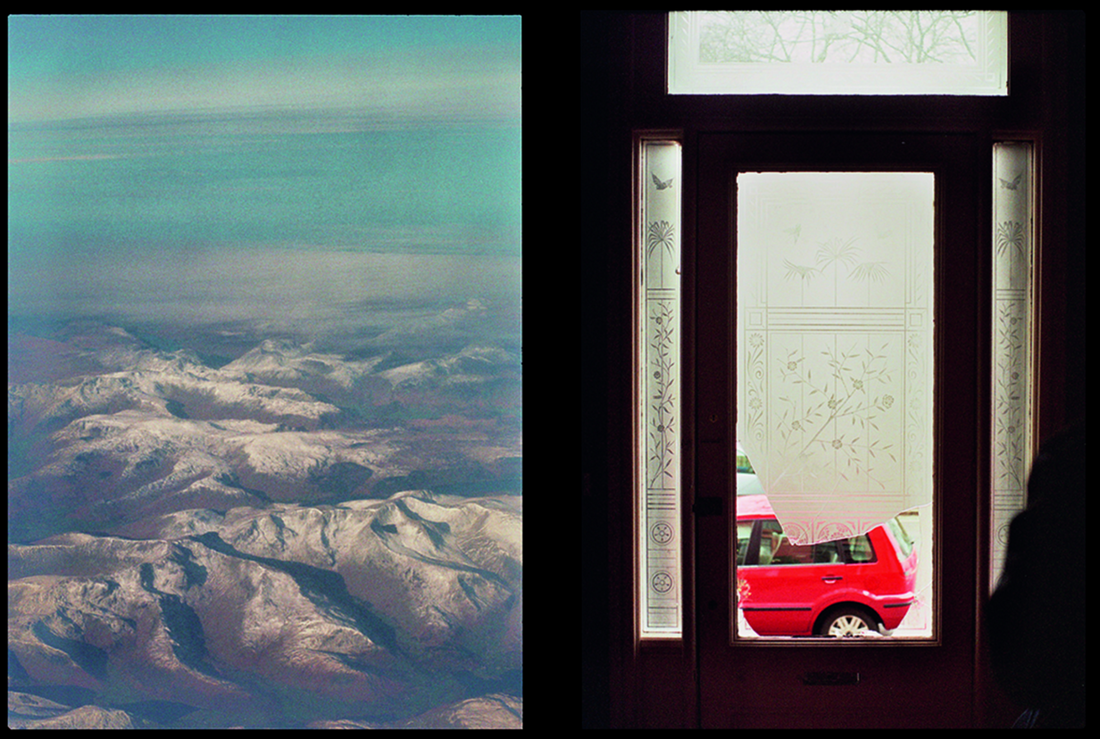
Luke Fowler
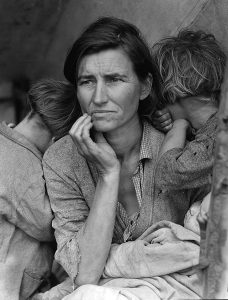
Choose a key image from each of your chosen photographers / artists and find out as much as you can about that image…
AO1: Develop your ideas through sustained and focused investigations informed by contextual and other sources, demonstrating analytical and critical understanding
AO2: Explore and select appropriate resources, media, materials, techniques and processes, reviewing and refining ideas as work develops
AO3: Record ideas, observations and insights relevant to intentions, reflecting critically on work and progress
AO4: Present a personal and meaningful response that realises intentions and, where appropriate, makes connections between visual and other elements
————————————————————————————-
Example : The Auschwitz Album is a perfect example of the importance of knowing the context in which photographs were taken. For instance, the picture below is an innocent picture of women standing together in front of a building. They stand together with their babies and children, and seem happy to look at the photographer who is taking the picture. There is no sign of stress, no hint of violence; most of the women are calm – all except one who looks like she is trying to comfort a baby.
Birkenau, Poland, Jewish women and children in front of Crematorium III, 05/1944
Yet, because we have the benefit of research, we know that these women are standing in front of one of the four massive extermination installations at Birkenau
In the gas chamber of this building (which is located below ground, perpendicular to where the women are standing), two thousand people at a time could be murdered. Behind the double windows of the building visible in the picture are fifteen ovens, vented through the chimney that is partly visible in the upper left-hand corner of the photo, used to turn the bodies of the unsuspecting victims (like those in the photo) into ash.
————————————————————————————-
This is a useful link to help you understand, analyse and explain photographs
http://www.photopedagogy.com/photo-literacy.html
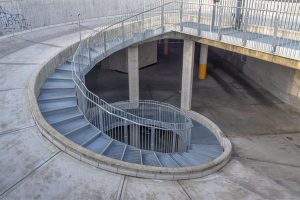
Read this carefully and think how you can design a thorough unit of investigation that explores your chosen theme, topic or subject matter…
| synonyms: | construction, form, formation, shape, composition, fabric, anatomy, make-up, constitution; More |
Use mindmaps and moodboards to start…
You should aim to complete at least 1 Photo-shoot per week
Florence Henri
Composition Nature Morte, 1929
photograph
2. Robert Frank shocked his adopted country when he published his groundbreaking book The Americans in 1957. Rather than seeing the cosy Middle America personified in later TV cartoons like The Flintstones, he revealed the raw push and shove of a society that was at odds with itself. Other photographers such as Nan Goldin, Jeff Wall, Chris Killip and Sophie Calle have also been compelled to expose the real structures in society and ‘Tell it like it is’.
Robert Frank
Canal Street – New Orleans, 1955
photograph
3. Stories can be told in a single frame, three frames, or, as in films, millions of frames. Narrative structures can be linear, such as with Duane Michals’ sequences, or non-linear such as Paul Graham’s A Shimmer of Possibility and Wolfgang Tillmans’ If One Thing Matters, Everything Matters. Photographers, filmmakers and animators find unique ways to structure the narratives in their work.
Duane Michals
Alice’s Mirror
photograph
Bill Owens
Untitled from ‘Suburbia’
photograph
4. Photographers have been fascinated by the structure of natural forms from the earliest days of the medium. Karl Blossfeldt found a monumental presence in simple seedheads. Edward Weston revealed beauty in the forms of peppers and shells. Robert
Mapplethorpe, Ori Gersht, Todd McClelland and Olivia Parker have also focused on natural forms in different ways, demonstrating personal responses to light and texture.
RM
Honesty
photograph
Here are some other suggestions that may stimulate your imagination / Starting points for photo-assignments
• Pine cones, pineapples, grapevines, hops, ivy, bindweed
• Scrapyards, building sites, cranes, restoration yards, derelict ruins
• Crystals, molecules, geology, fossils, footprints, tracks
• Stadiums, orchestras, rock concerts, floodlights, staircases
• Motorways, railways, runways, dockyards
• Flowers, plants, trees, fungi, algae, feathers, scales, shells
• Nests of weaver birds, wasps and bees, termite mounds, baskets
• Circuit boards, pipework, telephone poles, towers, pylons, skyscrapers
• Shop displays, escalators, bars, libraries, theatres and cinemas
• Gardens, parks, playgrounds, swimming pools, beaches
• Dolls, mannequins, puppets, cuddly toys, Lego
• your development and control of visual literacy and the formal elements (tone,
texture, colour, line, form and structure)
• an exploration of techniques and media
• investigations showing engagement with appropriate primary and
secondary sources
• the development of your thoughts, decisions and ideas based on the theme
• critical review and reflection
Good luck and make sure you ask for guidance at any stage of the process…remember to play to your strengths and approach this unit in a similar way to your coursework units !!!